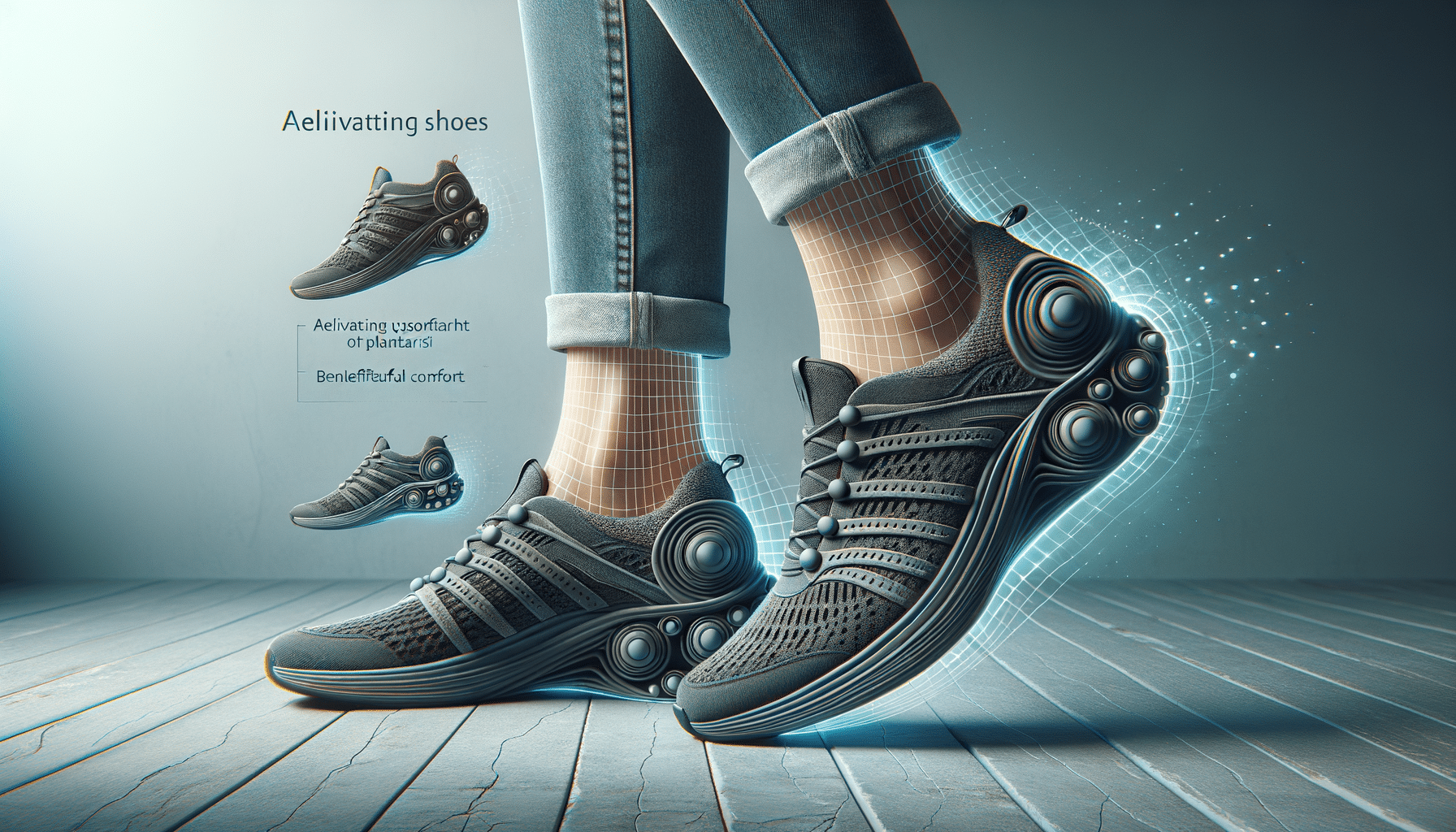
Choosing the Right Plantar Fasciitis Shoes for Women
Understanding Plantar Fasciitis and Its Impact
Plantar fasciitis is a common foot condition that affects many women, causing pain and discomfort in the heel and the bottom of the foot. This condition occurs when the plantar fascia, a thick band of tissue that runs across the bottom of your foot and connects your heel bone to your toes, becomes inflamed. The pain is often most severe in the morning, as the tissue tightens overnight. Understanding this condition’s impact is crucial for finding effective relief and preventing further issues.
Women are particularly susceptible to plantar fasciitis due to several factors, including footwear choices and lifestyle habits. High heels and unsupportive shoes can exacerbate the condition, making it essential to choose footwear that provides adequate support and cushioning. Additionally, women who engage in activities that put excessive strain on the feet, such as running or long periods of standing, are at a higher risk.
Addressing plantar fasciitis requires a multifaceted approach, and selecting the right shoes is a critical component. Footwear that offers proper arch support, cushioning, and stability can significantly alleviate symptoms and prevent the condition from worsening. In the following sections, we will explore various aspects of plantar fasciitis shoes for women, helping you make informed decisions to manage this condition effectively.
Key Features of Plantar Fasciitis Shoes for Women
When shopping for plantar fasciitis shoes, there are several key features to consider to ensure comfort and support. Understanding these features can help you select shoes that not only alleviate pain but also promote overall foot health.
Firstly, arch support is paramount. Shoes designed for plantar fasciitis should have excellent arch support to distribute pressure evenly across the foot. This support helps reduce strain on the plantar fascia, providing relief from pain. Look for shoes with built-in orthotics or the option to insert custom orthotics for personalized support.
Cushioning is another essential feature. Adequate cushioning absorbs shock and reduces the impact on the heel, which is particularly beneficial for those experiencing heel pain. Memory foam or gel inserts can offer additional comfort and support.
- Arch support: Prevents overpronation and supports the foot’s natural shape.
- Cushioning: Reduces impact and provides comfort during movement.
- Heel stability: Ensures proper alignment and reduces strain.
Heel stability is crucial for maintaining proper foot alignment and reducing strain on the plantar fascia. Shoes with a firm heel counter help keep the heel in place, providing stability and preventing excess movement that can lead to pain.
Additionally, consider the shoe’s material and breathability. Breathable materials, such as mesh or leather, help keep the feet cool and dry, reducing the risk of irritation. Lightweight shoes also enhance comfort and ease of movement.
By focusing on these features, women can find plantar fasciitis shoes that offer both relief and support, allowing them to maintain an active lifestyle without compromising foot health.
Top Considerations When Buying Plantar Fasciitis Shoes
Choosing the right plantar fasciitis shoes involves more than just finding a pair that looks good. Several considerations can guide you in making the best choice for your foot health and comfort.
First, consider the type of activity you will be engaging in while wearing the shoes. Different activities require varying levels of support and cushioning. For instance, running shoes should provide more shock absorption, while walking shoes may focus on stability and support.
Next, think about the fit. Proper fit is crucial for preventing further foot issues. Shoes that are too tight can restrict blood flow and increase pain, while those that are too loose may not provide adequate support. It’s essential to try on shoes at the end of the day when your feet are slightly swollen to ensure a comfortable fit.
- Activity type: Choose shoes based on your primary activity (running, walking, standing).
- Proper fit: Ensure shoes are neither too tight nor too loose.
- Durability: Look for high-quality materials that withstand regular use.
Durability is another important factor. Investing in high-quality shoes made from durable materials ensures they will withstand regular use and provide long-lasting support. Look for shoes with reinforced stitching and sturdy soles.
Finally, consider consulting with a podiatrist or footwear specialist. These professionals can provide personalized recommendations based on your specific needs and foot structure. They can also suggest additional treatments or exercises to complement the use of supportive footwear.
By taking these considerations into account, women can select plantar fasciitis shoes that effectively address their needs, providing relief and promoting overall foot health.


